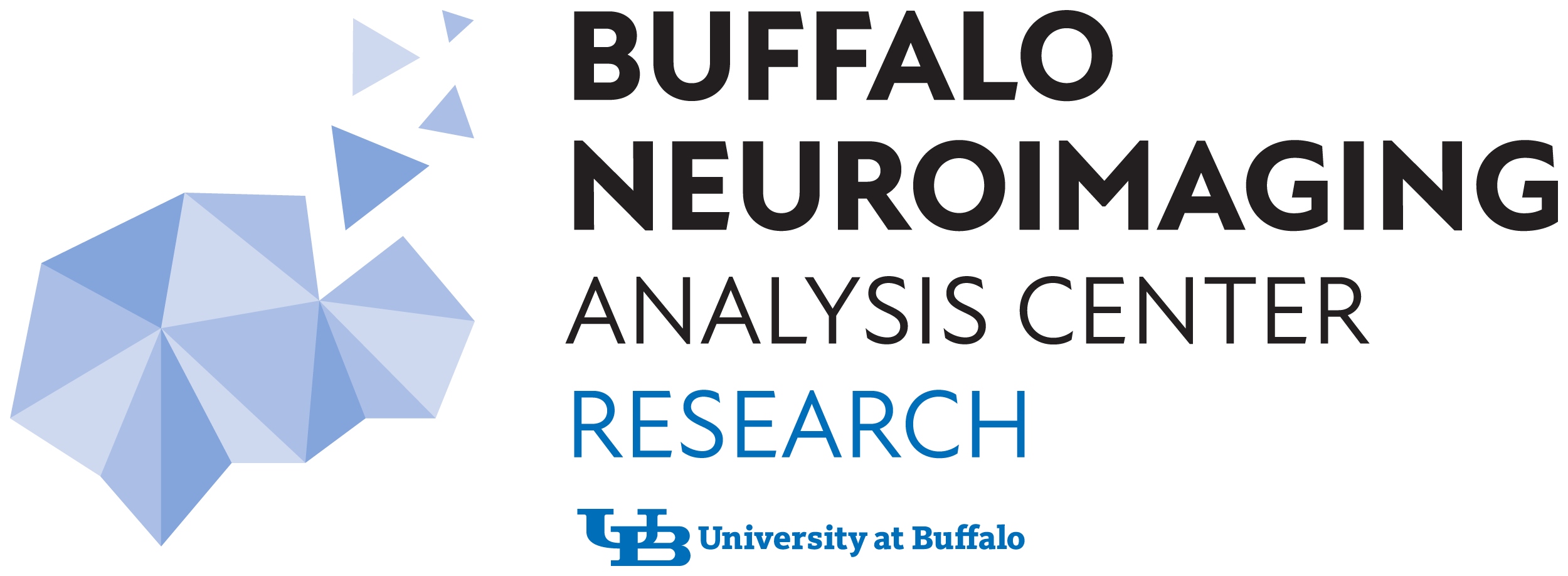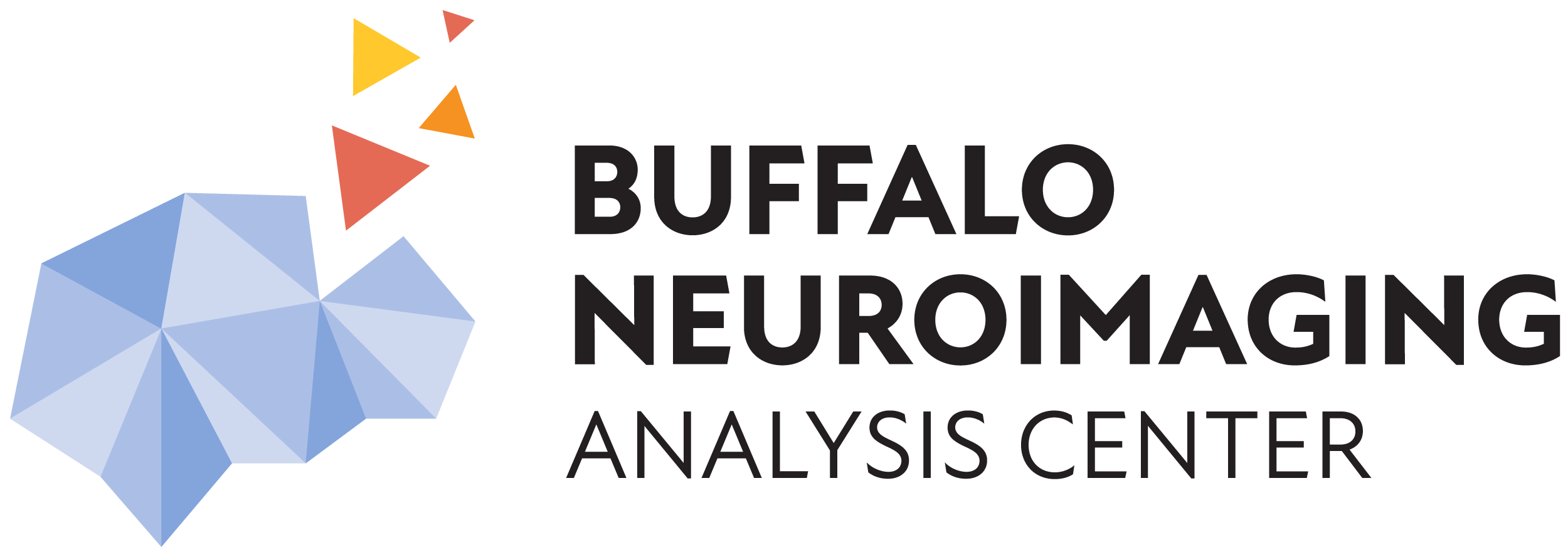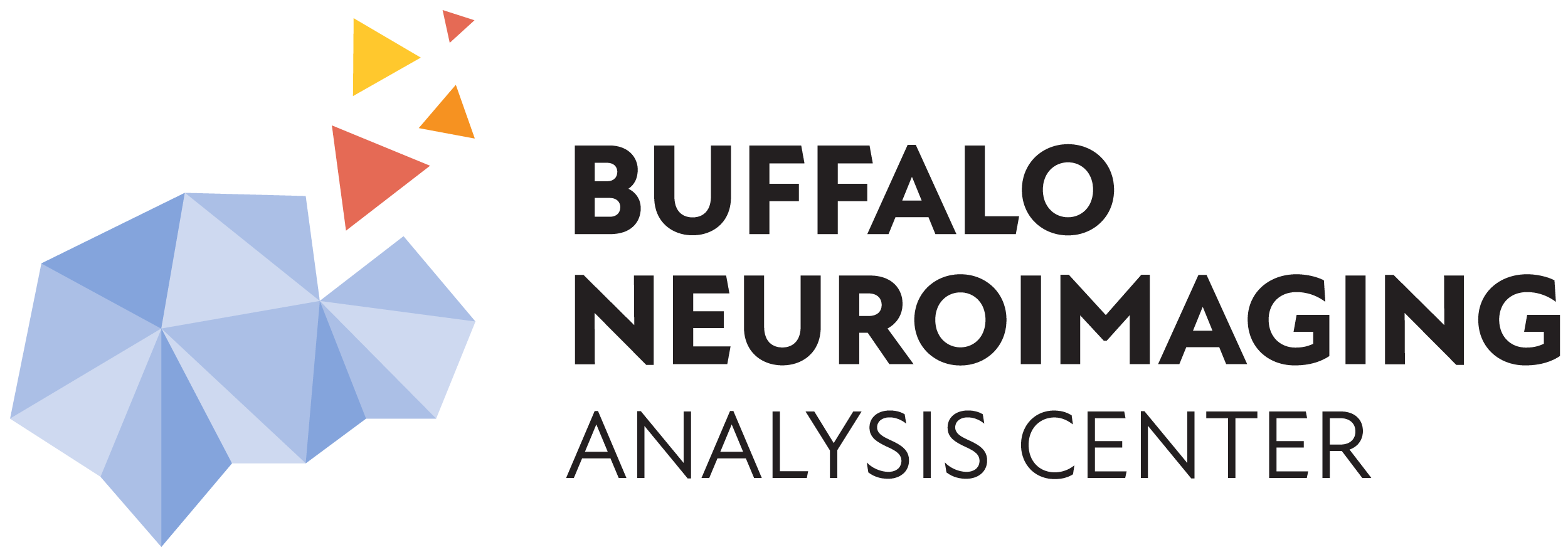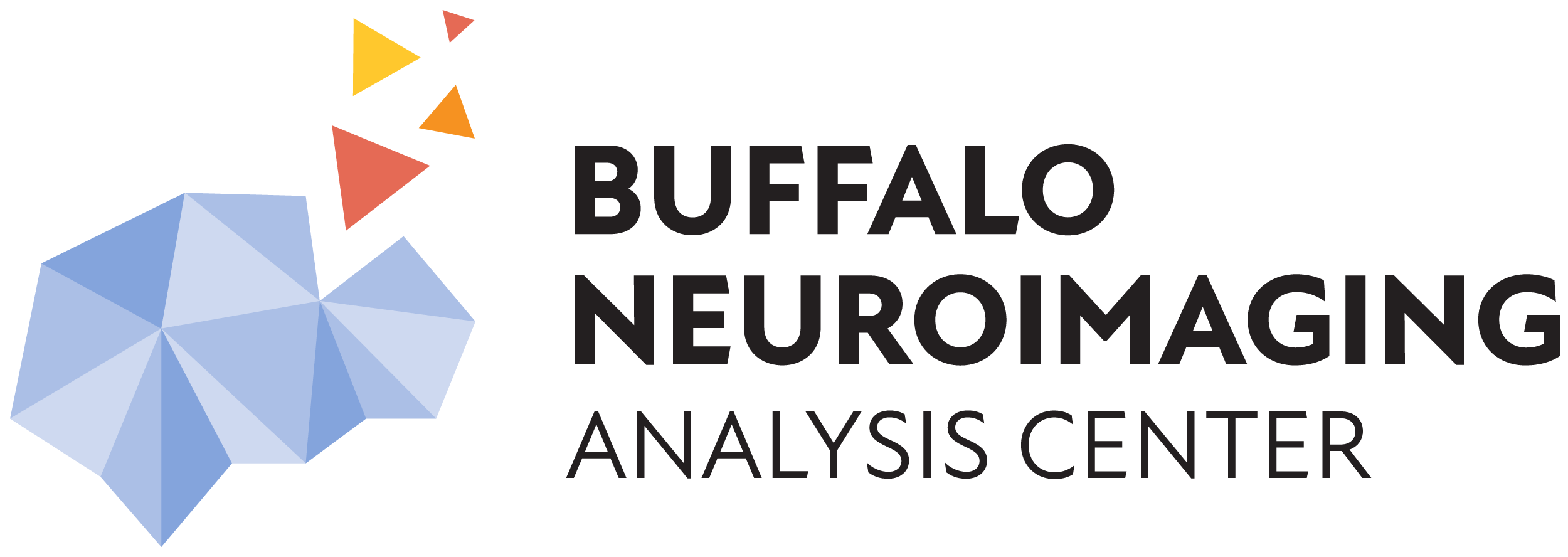UB awarded $1.77 million grant to create toolset for oxygen metabolism mapping
The new technology could expand access to medical imaging; improve treatment for multiple sclerosis, Alzheimer's disease, and other neurological disorders.
Meet BNAC's newest faculty member - Niels Bergsland, PhD
Niels Bergsland is an Assistant Professor of Neurology at the State University of New York at Buffalo and serves as the Integration Director in BNAC and is part of BNAC’s leadership team.
PRLs are a Marker of a More Aggressive Ongoing Disease Course and may be a Valuable Use in Clinical Trials
A recent study conducted by a BNAC research team led by Jack Reeves, a Ph.D. candidate, showed that an imaging marker called “paramagnetic rim lesions” predicts greater multiple sclerosis (MS) related disability progression and clinical relapse frequency over 10 years.
Assessing Disability in MS Patients with the SNRS and CombiWISE Tools
Listen as Dr. Dejan Jakimovski joins the ReachMD radio program discussing his latest study and findings regarding severely affected people with multiple sclerosis.
BNAC's Commitment to Information Security: Our ISO 27k Certification
At the Buffalo Neuroimaging Analysis Center (BNAC), we take the security and privacy of data very seriously. We are proud to hold the ISO 27001 certification, a testament to our unwavering commitment to the highest standards of information security and data protection. This prestigious certification is complemented by our ISO 9001:2015 certification, which covers our overall quality system, showcasing our comprehensive approach to excellence in all operational facets.
BNAC in the Spotlight at ECTRIMS 2023
The Buffalo Neuroimaging Analysis Center (BNAC) enjoyed the spotlight at the recent European Committee for Treatment and Research in Multiple Sclerosis (ECTRIMS) 2023 where its researchers were recognized for an unprecedented array of publications that are shaping the field of neuroimaging in multiple sclerosis (pwMS) and related disorders.
Advancements and Challenges in Multiple Sclerosis: A Comprehensive Review in Lancet
Recent advancements in multiple sclerosis (MS) research, including improved diagnostic criteria and novel MRI techniques, have been highlighted in a new Lancet paper by researchers from the Buffalo Neuroimaging Analysis Center (BNAC) and the Jacobs MS Center for Treatment and Research.
BNAC Celebrates New Headquarters at Grand Opening
On October 5th Buffalo Neuroimaging Analysis Center celebrated the opening of its new headquarters located at the University at Buffalo's Downtown Gateway Building.
Possibilities of Measuring Cognitive Progression Independent of Relapses in MS: Tom Fuchs, MD, PhD
At MSMilan 2023, the joint ECTRIMS-ACTRIMS meeting, held October 11-13, in Milan, Italy, Tom Fuchs, MD, PhD, presented in a scientific session on the effects of MS on cognition, including cognitive progression independent of relapse activity.
Grand Opening of BNACs New Offices
Buffalo Neuroimaging Analysis Center presents the Grand Opening of our New Offices on October 5th, 2023.
MRI Scanner Launches New Biomedical Imaging Era at UB
The massive 5.5-ton Philips MR 7700 that was installed in June in the Center for Biomedical Imaging (CBI) in UB’s Clinical and Translational Research Center (CTRC) is now operational.
‘One of the world’s most advanced scanners’: What UB researchers need to know
The June delivery of a Philips MR 7700 to the Clinical and Translational Research Center (CTRC) was called “a major advance in our translational research environment” by University at Buffalo Clinical and Translational Science Institute (CTSI) Director Timothy F. Murphy, MD. And for researchers at the University at Buffalo and Buffalo Translational Consortium, the impact of the 5-ton, 3-Tesla magnetic resonance imaging (MRI) scanner looks to be momentous.
Researcher Spotlight: Ferdinand Schweser, Ph.D.
Associate Professor of Neurology, Radiology, and Biomedical Engineering at the University at Buffalo, Ferdinand Schweser, Ph.D, is a member of BNAC’s leadership team and continues to make significant contributions to the field of neuroimaging. His expertise lies in the MRI technique called quantitative susceptibility mapping (QSM) and its application in studying the relationship between brain iron and MS.
BNAC Summer 2023 Newsletter
Links Between Eye Measurements and Brain Function in People with Multiple Sclerosis Point to Possible Biomarker for Cognitive Performance
Retinal nerve fiber thickness may serve as a potential biomarker for cognitive impairment in people with MS, possibly predicting future cognitive decline.
Study Reveals How Brain Organization Changes in Progressive MS
A recent study conducted by a BNAC research team led by Alexander Bartnik showed that, in people with multiple sclerosis, the brain networks involved in more complex thinking were more impaired than networks related to basic senses, like vision and hearing.
Choroid Plexus Inflammation May Affect Disability Progression Over 5 Years in People With Multiple Sclerosis
BNAC Researcher Niels Bergsland recently led a new study that indicates inflammation in the choroid plexus – a complex network of capillaries that produces cerebrospinal fluid in the brain – may affect disease progression and disability in people living with MS.
BNAC Director Robert Zivadinov Wins Highest Faculty Honor as SUNY Distinguished Professor
Robert Zivadinov, MD, Ph.D., has been named a SUNY Distinguished Professor – the highest faculty honor in the State University of New York (SUNY) system.
Novel MRI Technique Predicts Staging of Paramagnetic Rim Lesions
BNAC researchers develop a novel MRI technique that predicts staging of Paramagnetic Rim Lesions, a biomarker of chronic brain inflammation believed to be associated with progressive MS. They presented their work at ACTRIMS Forum 2023.
'Usual Suspect’ lesions appear not to cause most severe disability in MS patients
Groundbreaking BNAC study shows that keys to severe disability in multiple sclerosis are cortical, deep gray matter, and spinal cord damage rather than lesions.





